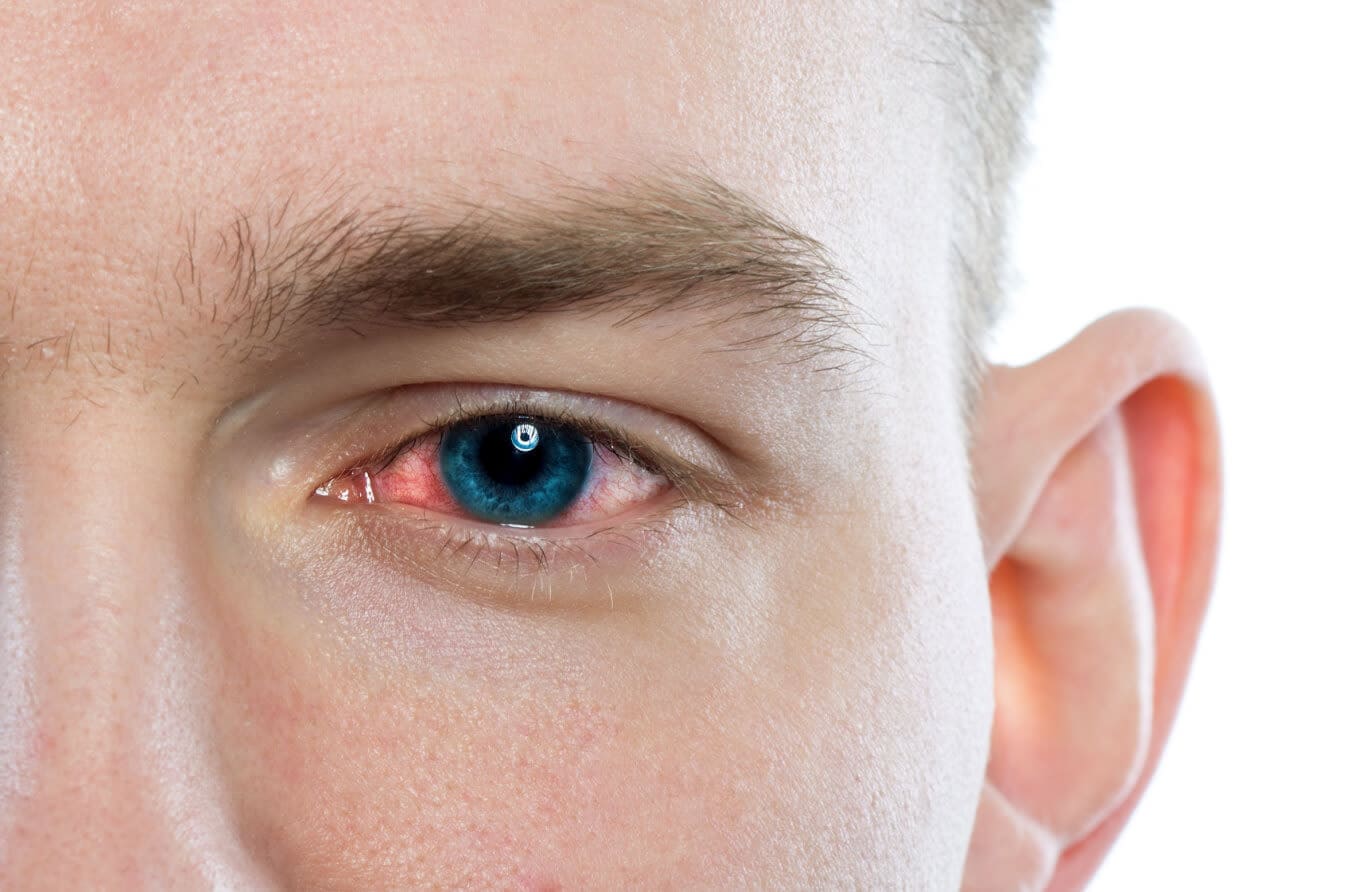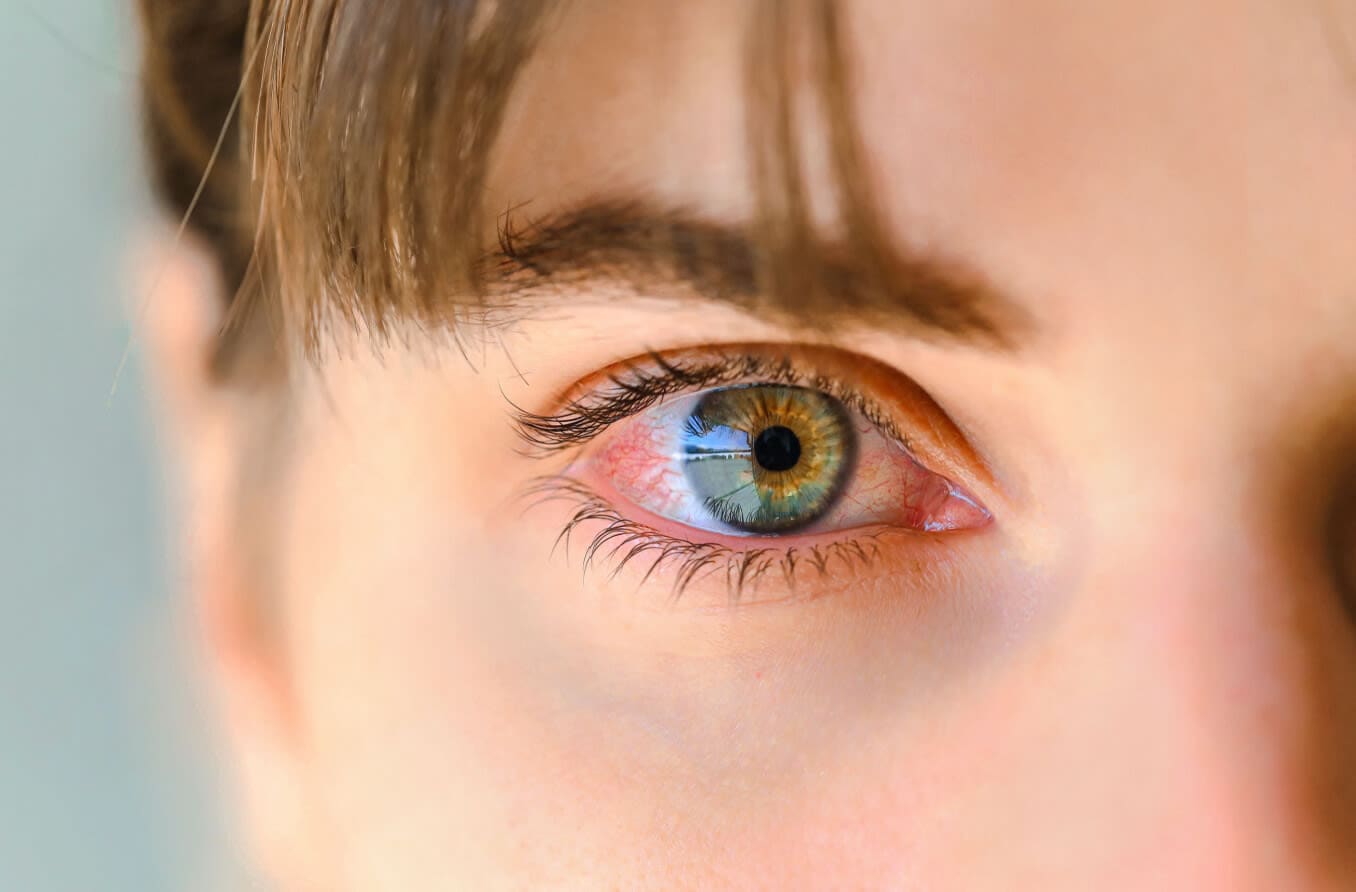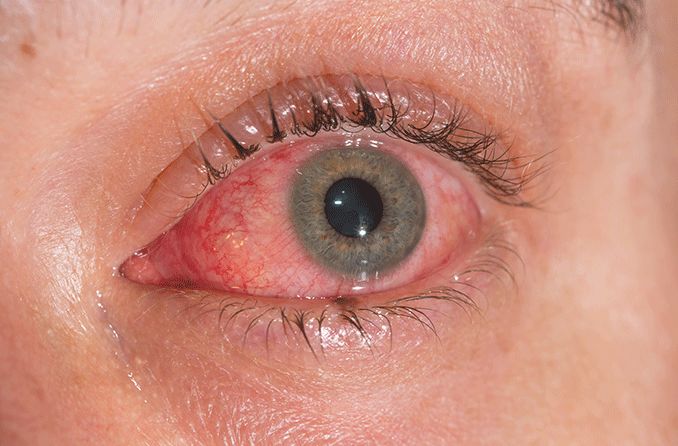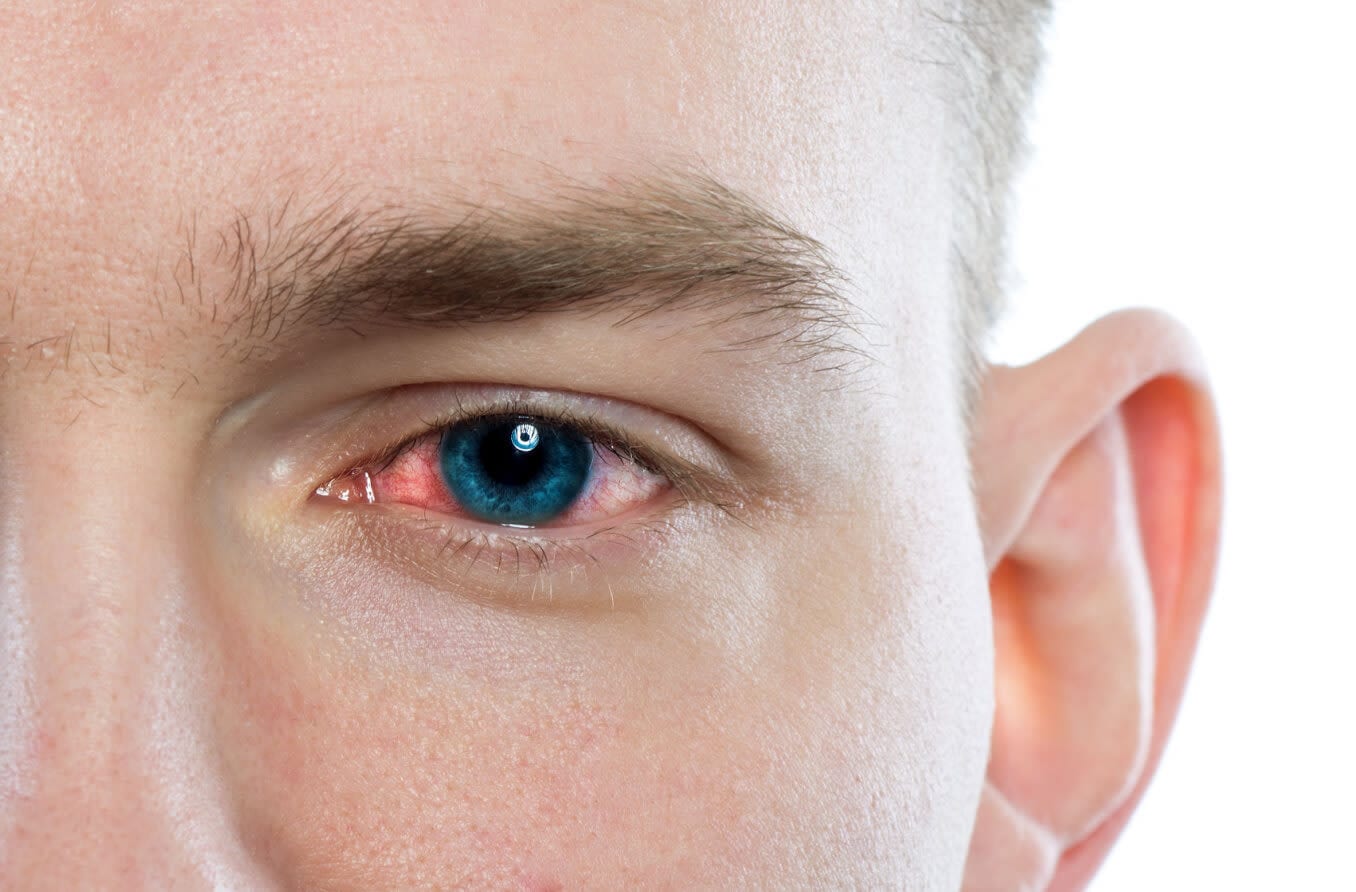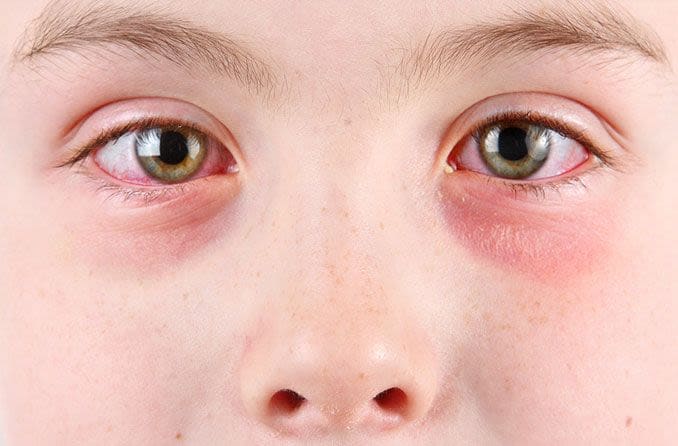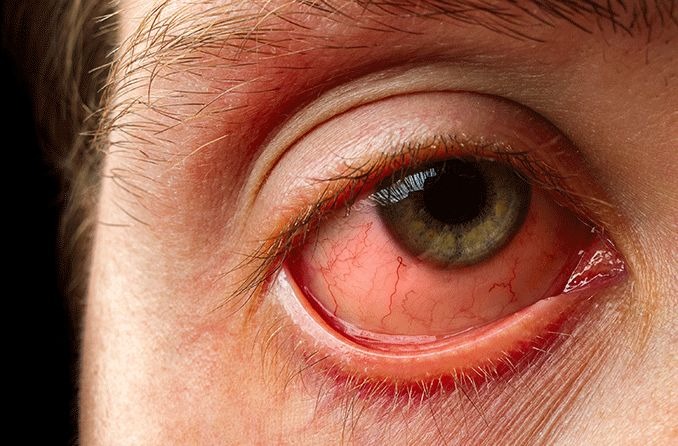What is gonococcal conjunctivitis?
Gonococcal conjunctivitis is a bacterial infection of the eye's conjunctiva caused by Neisseria gonorrhoeae. In babies, it is transmitted from the mother at birth. In adults, it is usually due to a sexually transmitted infection that has spread to the eye. If untreated, it can lead to blindness.
Conjunctivitis in babies caused by the Neisseria gonorrhoeae bacterium is known as gonococcal ophthalmia neonatorum. Doctors screen mothers-to-be for gonorrhea in the first and last semester. If the mother tests positive, she is treated with antibiotics. There are also preventative treatments given to babies when they are born. For these reasons, it has become rare for a baby to get Gonococcal conjunctivitis (GC), particularly. Less than 1% of newborn babies get gonococcal conjunctivitis worldwide.
The conjunctiva is the layer above the white of the eye (the sclera). It also lines the inner eyelid and protects and lubricates the eye. Conjunctivitis develops when the conjunctiva becomes inflamed. It has various causes and is commonly known as pink eye.
There are three types of conjunctivitis: viral, bacterial and allergic. GC is a type of bacterial conjunctivitis. If bacterial conjunctivitis lasts more than four weeks, it is considered chronic conjunctivitis.
Another sexually transmitted infection (STI) that causes conjunctivitis is Chlamydia trachomatis. It is the most common cause of chronic conjunctivitis. This condition spreads similarly to gonococcal conjunctivitis. It can affect both babies and adults.
Causes of gonococcal conjunctivitis
Gonococcal conjunctivitis is caused by the same bacteria that causes gonorrhea. Gonorrhea is a common STI that infects the reproductive organs, as well as the rectum, mouth, throat and eyes. It can also lead to meningitis, which can be fatal.
In adults, GC is transmitted by someone who has a genital gonorrheal infection. If someone touches their eyes after touching the genital secretions of an infected person, they can get GC.
The Neisseria gonorrhoeae bacterium does not survive very long outside of the body. Therefore, if you touch an object after an infected person has touched it, you will not likely become infected. Direct contact with the infected secretions increases your chances of getting the infection.
If a pregnant woman has N. gonorrhoeae, she can pass it on to her child. The child can become infected during delivery from secretions from the vagina. The cervix and urethra contain mucus where bacteria can reside. As a result, the child can also become infected even if the mother gives birth through a cesarean section.
Risk factors
Babies born in developing countries without access to screening and treatment are at higher risk of developing this condition. A major risk factor for adults is unsafe sex practices.
Some factors increase the general risk of bacterial conjunctivitis. These factors include:
Coming into contact with someone who is infected.
Having dry eyes or blepharitis.
Having a compromised immune system.
Not having good hygiene practices.
Not cleaning contact lenses properly.
Using contaminated cosmetics.
Gonorrhea eye symptoms
Both babies and adults have similar symptoms of gonococcal conjunctivitis. These symptoms include:
Swelling of the conjunctiva, or chemosis
Eye redness
Itchy eyes
Eye tenderness or eye pain
Swollen eyelids
Eye discharge, leading to difficulty opening your eyes in the morning
Symptoms in babies typically present within two to five days after the baby is born.
If symptoms are not treated, the infection can move to the bloodstream. It can also spread to the lining of the brain and spinal cord and cause meningitis, which can be fatal.
In adults, symptoms of GC can develop slowly. Bacterial conjunctivitis, in general, can take anywhere between one to seven days for symptoms to present after infection. Adults are contagious and can spread the bacteria to others during this time.
Other symptoms
Adults may or may not have genital symptoms with GC. When present, these symptoms can include:
Discharge from the vagina or penis
Trouble urinating
Pain in the pelvis or testicles
People with GC may also have swollen lymph nodes.
Diagnosis
If you are experiencing symptoms of conjunctivitis, your eye doctor will examine your eyes with a slit lamp. This helps thoroughly examine the eye.
In addition to a comprehensive eye exam, your doctor will take a complete history. If your doctor suspects GC, they may send samples of your eye secretions for further testing. These tests can include:
A gram stain that can help to determine the type of bacteria that is causing the infection.
A culture using a particular medium called Thayer-Martin media or chocolate agar that can isolate the N. gonorrhoeae bacterium.
Polymerase chain reaction (PCR) test that can detect an infection in its early stages.
Depending on your diagnosis, your eye doctor may recommend a follow-up appointment one to two days after your initial appointment. This is to ensure any prescribed treatments are working and the infection is not affecting your cornea.
Your eye doctor may also refer you to your family practice doctor or internist. Because other STIs can occur alongside gonorrhea, testing for these may be recommended. They may also perform a genital or throat swab.
Differential diagnosis
Many conditions have similar symptoms to GC. Some of these include:
Dry eyes
Blepharitis
Acute angle-closure glaucoma
Allergic conjunctivitis or contact lens conjunctivitis
Epidemic keratoconjunctivitis
Gonorrhea in the eye treatment
Treatments differ in babies and adults. Preventative treatment in babies includes antibiotic ointments such as erythromycin or tetracycline. Doctors give these medications to babies soon after birth.
For high-risk babies or those showing signs of infection, a doctor may prescribe a single-dose injection of cefotaxime or ceftriaxone and hourly irrigation with saline.
Adults with GC can usually receive outpatient treatment. A doctor may prescribe a single-dose injection of ceftriaxone or a single-dose of azithromycin taken orally. Another option is doxycycline, which is taken orally for one week.
The infection can cause a corneal ulcer or scarring if left untreated. If this happens, vision loss can occur.
How to prevent gonococcal conjunctivitis
Practicing good hygiene can help prevent the spread of conjunctivitis in general. Preventative hygiene measures include:
Washing your hands often. This is especially important before and after using eye drops or applying ointment to the eyes.
Not touching or rubbing the eyes.
Not sharing personal items such as make-up or towels.
Throwing away any make-up you have been using.
Using a different towel for each eye if only one eye has the infection.
Because GC can be spread through sexual activity, safe sex practices should be followed. This includes the use of condoms, having sex with a partner who has been tested or is not infected, as well as abstinence.
If you are pregnant and suspect a gonococcal infection, speak to your care provider about their recommendations for keeping you and your baby healthy.
